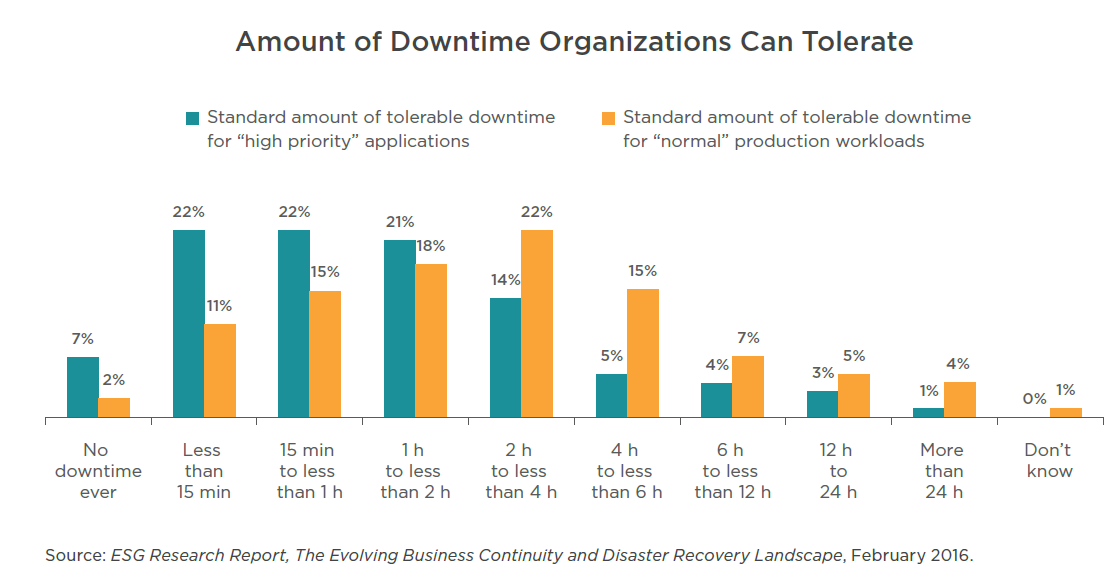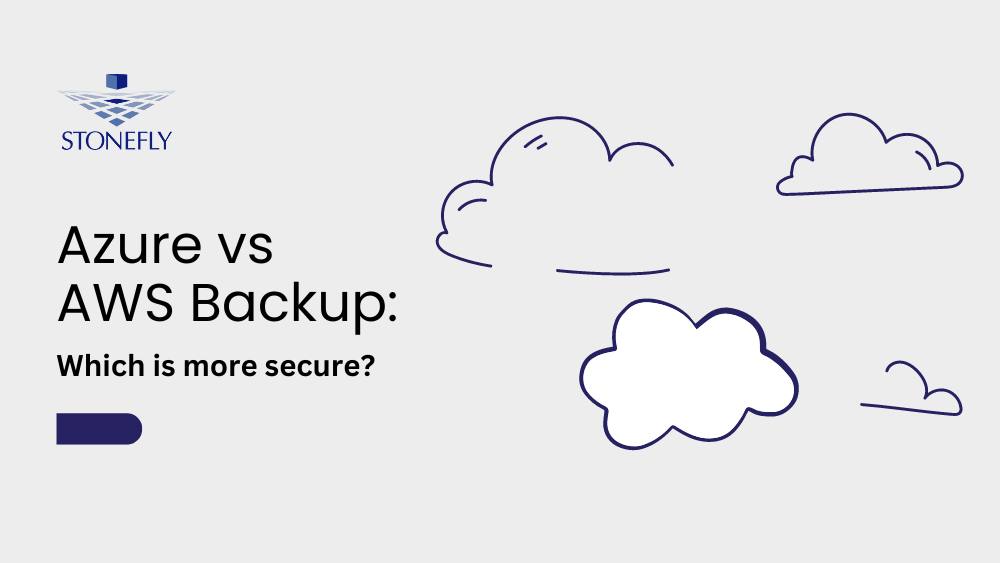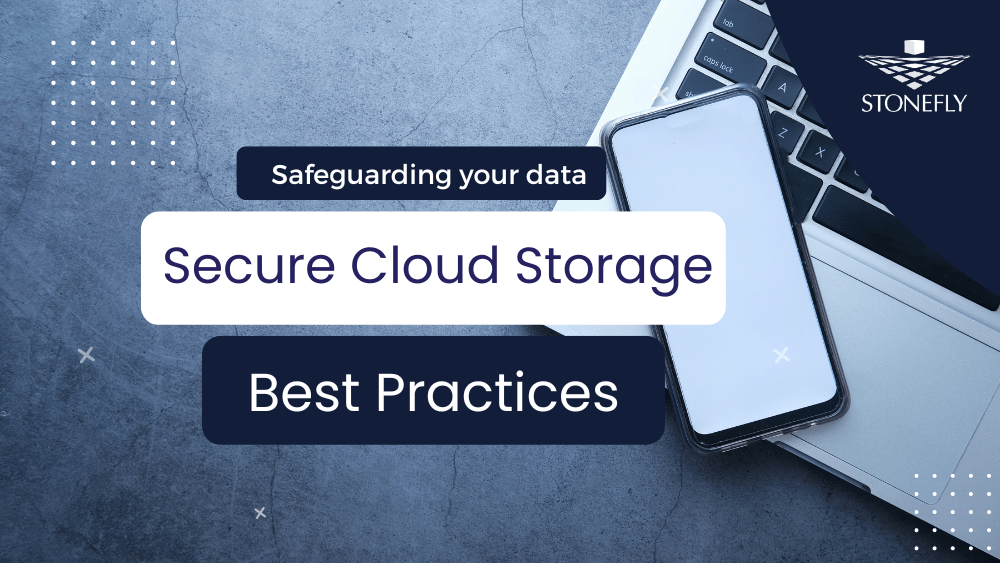Many modern IT offices are looking into cloud storage to get cost-effective ways of storage. The needs of the customers are growing and they now require cloud backup services which are appropriate for the customers.
What do the Customers Require from a Cloud Storage Provider?
The services of backup are just not enough nowadays, added requirements related to data integrity and legal compliance are entering the foreground. Business continuity is paramount for the success of business; downtime needs to be cut short to a matter of minutes.
- Compliance: Organizations in the health and finance industry or a public sector agency are required by law to keep track of their data. It is must for them to archive data in compliance with the regulations of HIPAA, FINRA and the sorts.
- Litigation Support: Organizations have to fight off big lawsuits by providing e-discovery data. It becomes a need to archive the data.
- Storage: With increases in the amounts of data every day, users are looking for additional storage capacity. A need for Scale-out storage has risen.
- Enhanced Business Agility: Users need fast access to data in today’s world with fast recovery time and point objectives (RTPOs). A cloud based data management approach has become a need.
- Workload Mobility: With greater chances of occurrences of disasters, users are moving towards the concept of spreading workloads geographically. The need for disaster recovery in the cloud has become necessary to ensure easy storage replication and recovery when disaster strikes.
Challenges the Customers Face When Not Using a Cloud Storage Provider
With greater improvements in technology and innovations, it has become a need of organizations to move on with the advancements. New and effective cloud backup solutions are emerging. Greater storage requirements are surfacing which require efficient business recovery plans.
There are many challenges your company will face if you do not opt for services of cloud storage and opt for your own storage.
A way would have to be found to store, distribute and manage all the data of the user. This would create a big challenge as all the three tasks are tedious.
A lot of storage would be required to run applications, deliver content to users, host high traffic websites or to back up various documents, databases and emails. Thus, the need for more storage space keeps on growing every day.
The task of building and maintaining your own storage repository is expensive and time consuming. You would have to buy racks and racks of dedicated hardware and software, hire staff to get the work up and running. Complex processes will have to be looked at to make sure that storage is performing as desired.
The need of backup will still be needed because the greater the data, the greater the chances of failure. Adding more capacity will also add up to the financial costs plus the time of deployment of more servers, hard drives and tape backup machines.
However, even putting more storage does not help resolve the problem. As you will now be faced with the challenge of guessing the amount of storage you need in the future. This difficulty will result in you having greater amount of storage than you actually need (overspending). Or it will result in inadequate storage as the amount of data to be stored might excess the available storage capacity.











